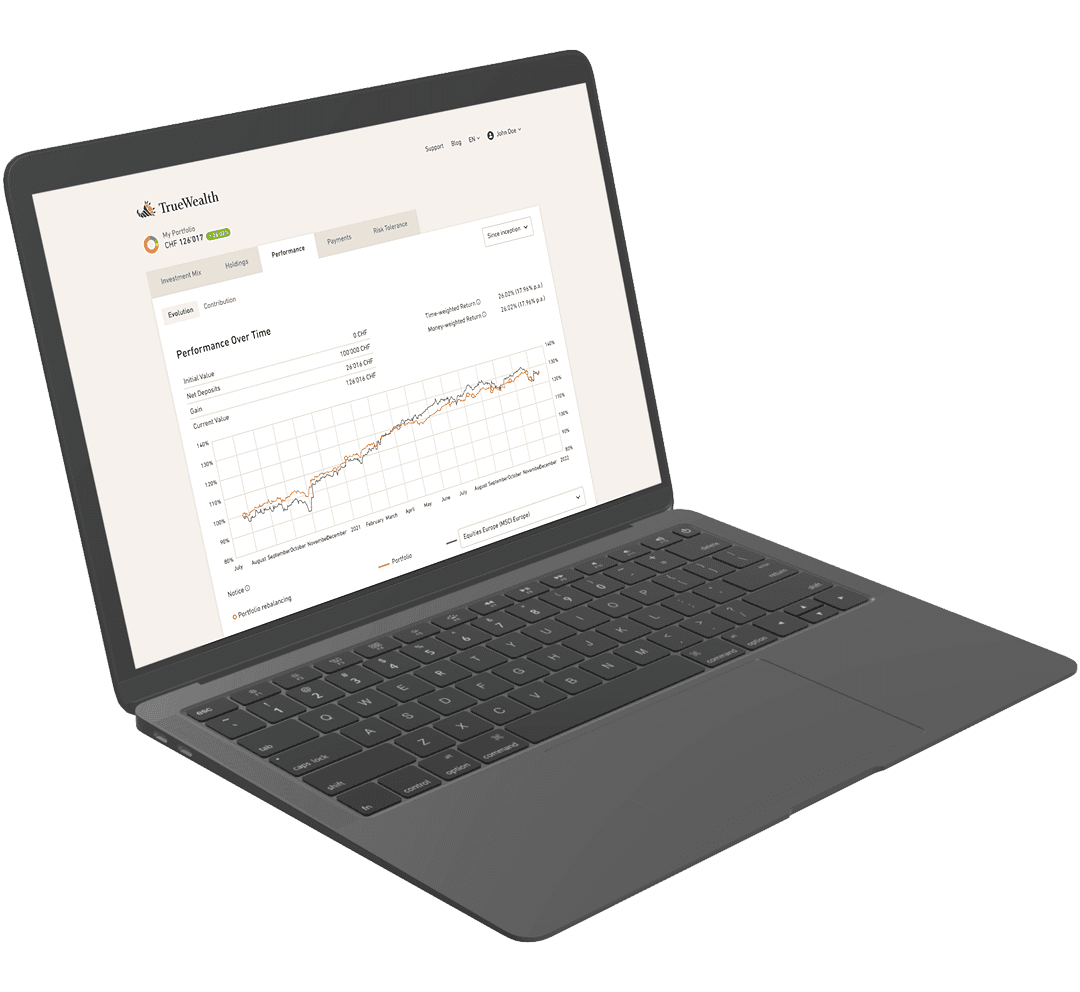
Who benefits from the 13th AHV pension?
Anyone who has to live on their own in old age from the AHV is financially hard-pressed in Switzerland, a country with high prices. On March 3, Switzerland will therefore vote on a 13th AHV pension. If the initiative is accepted, it will lead to an 8.3 percent increase in AHV pensions. However, the text of the initiative does not specify how this increase will be financed.
AHV pensions are social expenditure and represent a significant part of committed government expenditure. Any increase in government spending must be financed somehow, either through higher taxes and non-wage labor costs, or through higher government debt. However, an increase in government debt further increases the government's future interest burden and leads like a boomerang to the same result, either to
- Higher taxes and levies in the future,
- A reduction in state benefits (e.g. fewer AHV pensions for future generations), or
- A monetization of government debt by the National Bank, i.e. the National Bank buys more government bonds.
The third option sounds painless at first glance, but ultimately leads to higher inflation ("Inflation is always and everywhere a monetary phenomenon", Milton Friedman). It is nothing more than an indirect tax; for example, it devalues our AHV reserves and pension fund assets. But it has a delayed effect, which makes it so tempting for politicians.
Back to the initiative for more AHV pensions. In Switzerland, we have a mixture of state-enforced old-age provision (AHV, second pillar) and individual responsibility for old-age provision (Pillar 3a, free pension provision). This initiative therefore poses the question: How high should the state quota be? Where is the optimum?
Maximizing tax revenues
At a dinner with American politicians in 1974, the economist Arthur Laffer drew a simple curve on a napkin, which has borne his name ever since:
The idea behind it: With a tax rate of 0%, there is no tax revenue for the state – logically. With a tax rate of 100%, people lose the incentive to work, or they find ways not to pay taxes. This means that at a tax rate of 100%, tax revenues also fall to zero. Consequently, there is a maximum tax revenue somewhere in between.
From the government's point of view, there is therefore an optimal government ratio in order to extract the maximum amount of taxes. The government ratio includes not only taxes, but also all other levies, and to be precise, hidden government subsidies such as government guarantees and inflation should also be included.
Nobody knows exactly what the curve looks like, but it is estimated that the optimum is more likely to be around 70%. Something like this:
Maximizing the common good
But can it be the aim of the state to maximize its tax revenues? Then the state behaves like a company that aims to maximize revenue.
Or to put it another way: at what government ratio do we maximize our common good? With maximum tax revenue? Or at maximum gross domestic product (GDP) per capita? Or somewhere in between?
It becomes interesting when we plot the GDP alongside the Laffer curve (because tax revenue = government ratio * GDP, i.e. GDP = tax revenue / government ratio):
Without tax revenue, the state cannot perform its basic functions such as legislation, jurisdiction, security and defense, which is why there is presumably no GDP without tax revenue.
This means that the GDP curve also has an optimum, but this is naturally at a lower government ratio than the optimum for government revenue. Let us assume that a maximum GDP is achieved at a government share of 30%.
If the effective government share lies between these two points (which is presumably the case for Switzerland), let's say between 30% and 70%, then an increase in the government share leads to more tax revenue, but at the same time to a decrease in average GDP per capita. This means more redistribution on the one hand, but less income per capita on the other. However, as income is distributed differently, the question of the optimal government spending ratio remains a question of ideological convictions and socio-political orientation. There is no objective right here.
Compared to other European countries, Switzerland has a low public spending ratio, but it has doubled in recent decades. For a healthy state, however, the private part of the economy must not be squeezed out by the state. Economic and individual development opportunities are a prerequisite for social prosperity.
About the author

Founder and CEO of True Wealth. After graduating from the Swiss Federal Institute of Technology (ETH) as a physicist, Felix first spent several years in Swiss industry and then four years with a major reinsurance company in portfolio management and risk modeling.

Ready to invest?
Open accountNot sure how to start? Open a test account and upgrade to a full account later.
Open test account